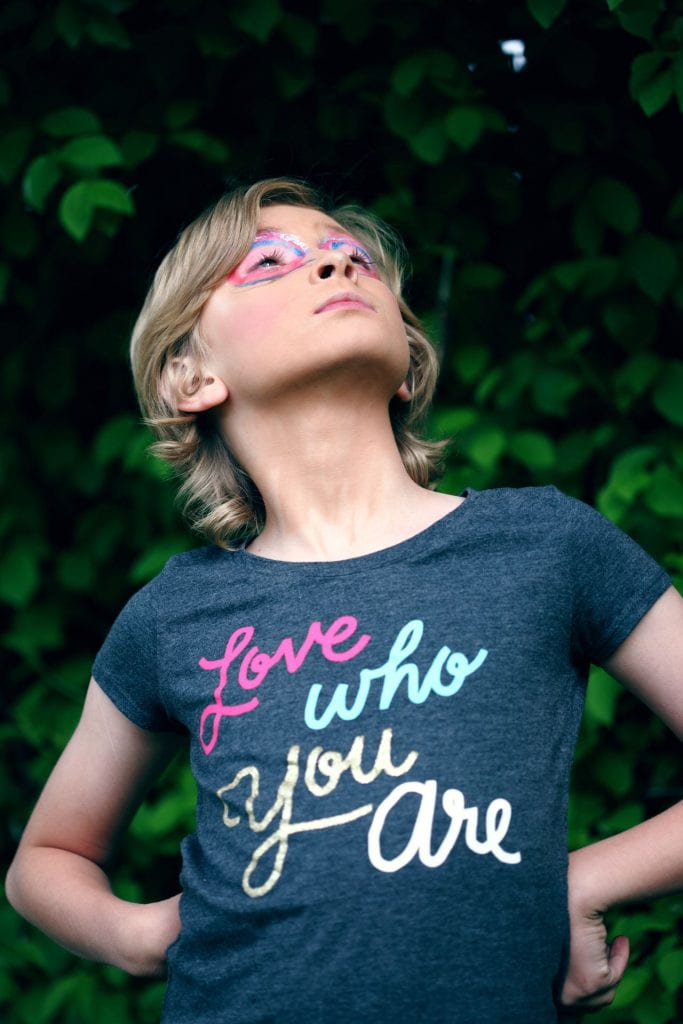
Courage is being afraid of something and doing it anyway. This can apply to all aspects of life from holding a snake to telling the truth to standing up for yourself.
To practice being brave:
- Try new things, have adventures, and face your fears. This can be done in baby steps and at your own pace
- Be an upstander! This takes courage as upstanders need to take risks to support others and to do what they feel is the right thing to do for the good of the whole.
- Remember that it’s ok to do it wrong. It’s also ok to “fail” and at Barwon Heads PS we all know that mistakes are good because they help us to learn! Often we are too afraid to try out for a team or role in a play because we are afraid we will not get accepted. Failing and rejection are all part of the learning process. We have to take chances and learn from both the good and bad that results from them.
Our Resilience Toolkit has been designed by our students, teachers and parents as a tool to help students to cope in situations when another student is being unkind.

“Tomorrow I’ll be Brave” by Jessica Hisch
Have Courage and Be Fearless
I like this clip with Kid President, it’s about being brave but it’s also “a Call to people all over the world” which fits well with Meaning (I belong to a world bigger than myself) in our PERMA model.
Rose Meets Mr Wintergarden by Bob Graham
I Am Courage – A book of Resilience by Susan Verde
Who is your hero. Who do you know who has shown courage? When have you shown courage?


